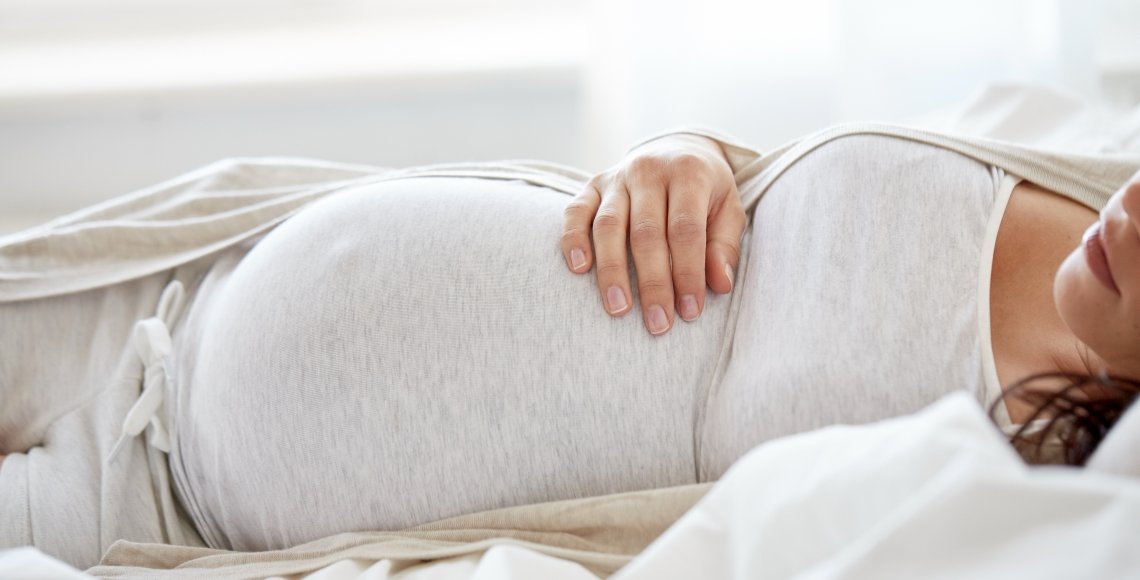Your body displays its most miraculous side during pregnancy. Hormones trigger a number of changes that prepare and enable your body to bring a baby into the world. One of these hormones is called relaxin. Its job is to make joints, ligaments and connective tissue softer so that the pelvis becomes more flexible. This allows room for your baby to pass through the birth canal. Unfortunately, it also causes what is known as pelvic girdle pain (PGP).
Read more about children and parenthood here
When pelvic girdle pain causes problems
For some women, the increased mobility can lead to joint problems, causing pain in the pelvis, hips, knees and lower back. The joint pain may occur early in the pregnancy as relaxin is released at the moment of conception. But women with arthritis will actually often experience an improvement during pregnancy.
When the pain makes it difficult to walk, work and carry out daily activities, this is known as symptomatic PGP. According to the European Guidelines for the Diagnosis and Treatment of Pelvic Girdle pain produced by the National Centre for Biotechnology Information, about 20 percent of women suffer from PGP during pregnancy. PGP in the latter part of pregnancy is the most common cause of sick leave for pregnant women.
What to do about pelvic girdle pain
It’s wise to work the muscles of the abdomen, back and legs to support the joints and avoid excessive strain on them. It is particularly important to work the transverse abdominal muscle in the early parts of pregnancy to prevent painful PGP.
You don’t even need to go to the gym to work these muscles. This simple exercise can be done at home:
- If you pelvis can tolerate it, get onto all fours. Pull your navel inward without moving your lower back. Hold for a few seconds, then release. Opt for ten repetitions, three times a day. But don’t feel guilty if you don’t make your goal. You can always try again tomorrow.
- You can also do the same exercise sitting in a chair: Place one hand on the lower part of your stomach and the other on your lower back. Pull your navel inwards and hold for a few seconds before you release. Make sure your lower back doesn’t move. Do ten repetitions, three times a day.
Training your pelvic floor muscles
Training the pelvic floor muscles is important throughout your pregnancy. This will make your pelvic floor more stable from the inside. you can exercise your pelvic floor muscles as follows:
- Lie on your side with a pillow between your legs. Contract the muscles around the rectum, vagina and urethra, until you feel a slight lift inside your body. Try to hold each contraction for 6-8 seconds. As you get stronger you can increase the duration of the squeezes.
You can also do these exercises sitting down or standing up, while waiting for the bus, or simply standing in the checkout line. Continue with these exercises after your baby is born to avoid incontinence.

